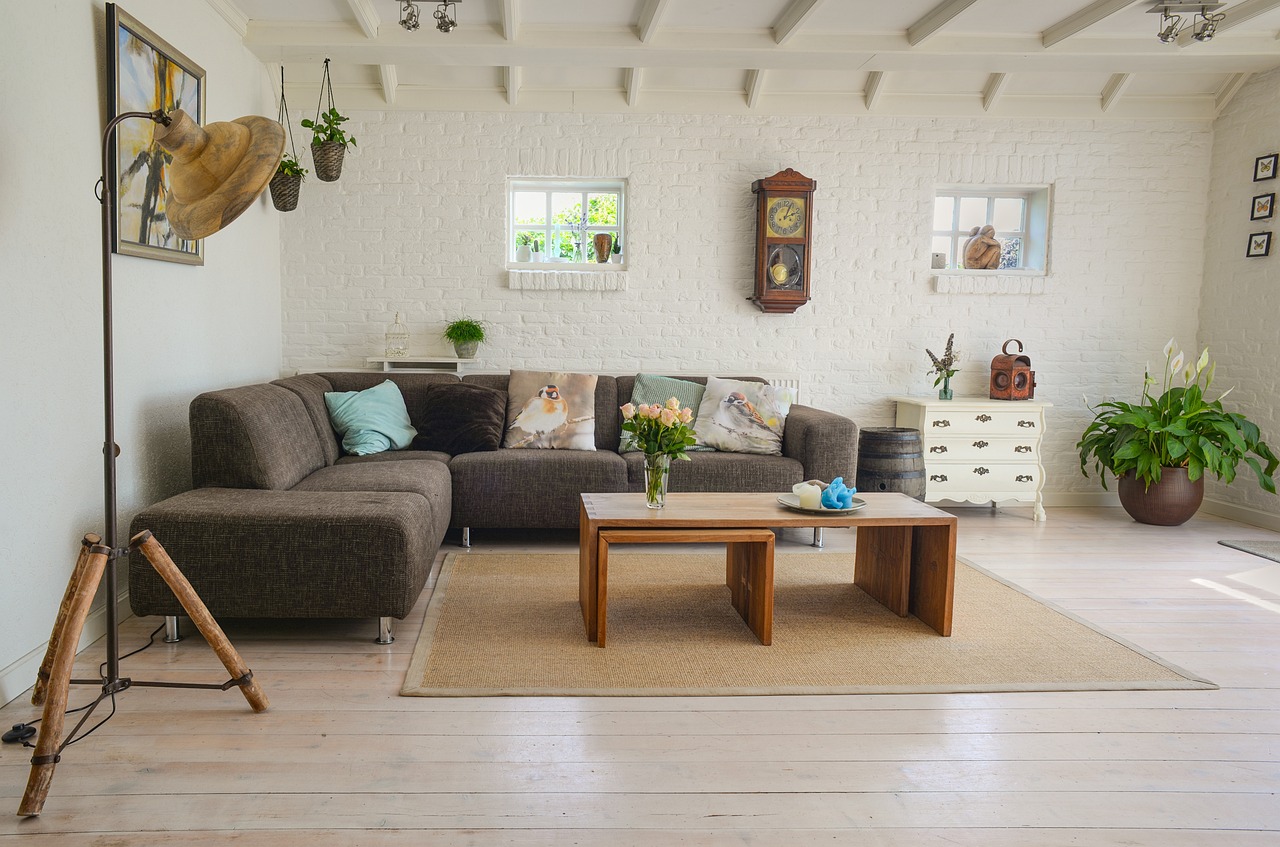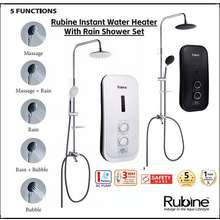The Benefits of Passive Solar Heating: Using the Sun’s Energy to Warm Your Home
Passive solar heating is a method that utilizes the sun’s energy to naturally warm a home without the need for mechanical systems. By strategically designing a building with features such as large south-facing windows, thermal mass materials, and overhangs that control the amount of sunlight entering the space, passive solar heating can effectively provide warmth during the colder months. This sustainable approach not only reduces the reliance on traditional heating systems but also helps lower energy costs and minimize environmental impact.
In addition to its financial and environmental benefits, passive solar heating also enhances the comfort and well-being of occupants. The natural warmth that is generated through this method creates a cozy and inviting atmosphere within the home, making it a more pleasant living space. By harnessing the power of the sun in a thoughtful and intentional way, passive solar heating can transform a house into a sustainable and energy-efficient sanctuary for its inhabitants.
Harnessing the Power of the Sun for Efficient Heating
Passive solar heating is a sustainable method that utilizes the sun’s energy to warm homes efficiently. By strategically designing and orienting the layout of a building, it is possible to maximize the capture of sunlight during the winter months. This process involves positioning windows, walls, and roofing materials to absorb and retain solar heat, reducing the need for traditional heating systems and overall energy consumption.
When implemented correctly, passive solar heating can significantly lower energy costs and decrease a household’s carbon footprint. By harnessing the power of the sun, homeowners can enjoy a more comfortable indoor environment while also embracing a greener approach to heating their living spaces. This eco-friendly solution not only benefits the environment but also offers long-term financial savings, making it a practical and sustainable choice for heating residential properties.
Reducing Energy Costs with Passive Solar Heating
Passive solar heating is a sustainable approach to reducing energy costs while effectively warming your home. By strategically positioning windows and thermal mass materials, the sun’s natural warmth can be harnessed to maintain a comfortable indoor temperature. This method not only helps cut down on energy bills but also minimizes the carbon footprint associated with traditional heating systems.
Incorporating passive solar heating techniques into your home design can lead to long-term savings on heating expenses. With proper insulation, solar orientation, and thermal mass integration, you can optimize the use of natural light and heat from the sun to create a more energy-efficient living space. Overall, passive solar heating offers an environmentally friendly way to reduce reliance on fossil fuels and contribute to a more sustainable future.
Properly position windows to maximize sunlight exposure
Utilize thermal mass materials such as concrete or brick to store and release heat
Ensure proper insulation to retain warmth in the home
Implement solar orientation techniques for optimal energy efficiency
Reduce reliance on fossil fuels for heating purposes
What is passive solar heating?
Passive solar heating is a sustainable method of using the sun’s energy to heat a building without the need for mechanical or electrical devices.
How does passive solar heating work?
Passive solar heating works by designing a building to capture and retain the sun’s heat through features such as large south-facing windows, thermal mass materials, and proper insulation.
What are the benefits of passive solar heating?
The benefits of passive solar heating include lower energy costs, reduced environmental impact, increased comfort, and a more sustainable way of heating your home.
Can passive solar heating be used in all climates?
While passive solar heating can be effective in most climates, it may require different design considerations depending on the local climate and geographic location.
Are there any drawbacks to using passive solar heating?
Some potential drawbacks of passive solar heating include the need for specific building orientations, potential overheating in warmer climates, and the initial cost of implementing passive solar design features.
How can I incorporate passive solar heating into my home?
To incorporate passive solar heating into your home, you can work with a qualified architect or designer to implement features such as south-facing windows, thermal mass materials, and proper insulation.







